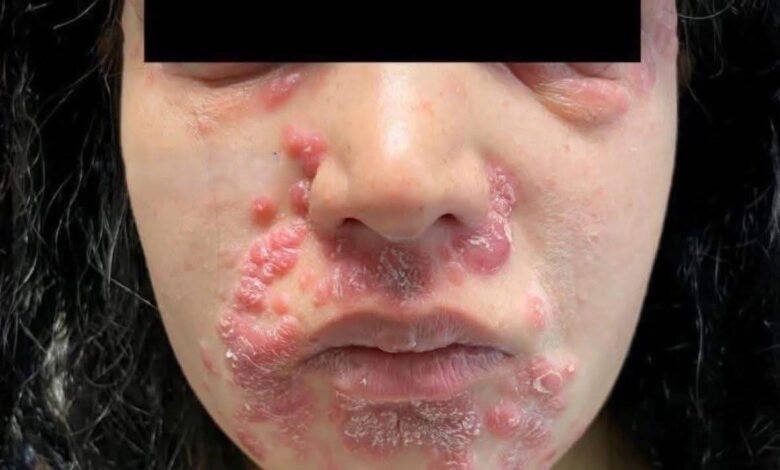These are the consequences of sleeping co…

It’s easy to panic when you notice a new bump, patch, or irritation in your genital area — but in most cases, these changes are harmless. Friction, shaving, hormonal shifts, or even stress can cause temporary reactions. Still, some skin changes can signal an infection or condition that needs attention, so awareness — not fear — is key.
Common culprits include folliculitis (shaving bumps), sebaceous cysts, ingrown hairs, and skin tags — all typically harmless and treatable at home with gentle care. But more serious causes such as HPV warts, herpes sores, molluscum contagiosum, syphilis, or chronic skin disorders like lichen sclerosus may require medical treatment. Persistent pain, sores that don’t heal, or unusual discharge are clear signs to see a healthcare provider.
Doctors stress that genital skin issues are among the most frequent — and least judged — concerns they see. Early evaluation can bring quick relief and prevent complications. Simple habits also help: wash gently with unscented soap, wear breathable underwear, avoid harsh products, shave carefully, and practice safe sex.
Above all, don’t let embarrassment delay care. Your body communicates through small changes, and listening early makes all the difference. Most genital bumps aren’t serious, but your peace of mind — and health — are worth a quick checkup. In matters of personal health, silence never helps; attention and action do.



